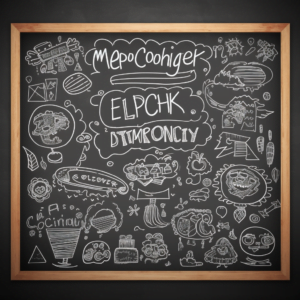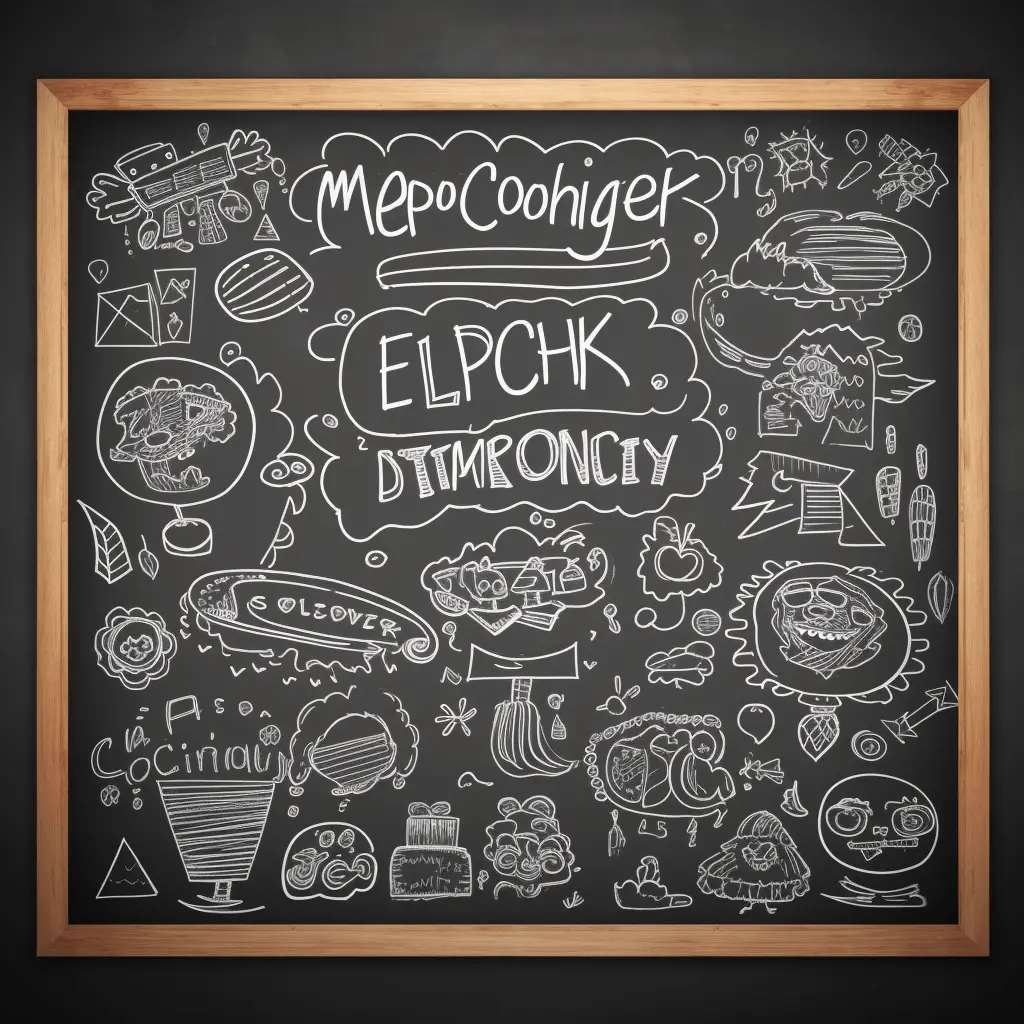
Internal attribution, or dispositional attribution, is when someone ascribes a personal reason as the cause of something instead of an external force.
As an example, say you only ran 3 miles yesterday instead of 5 miles like you planned. Sure, it was raining cats and dogs outside, and they were meowing and barking at you the entire time, but you remembered you slept in 5 minutes last night because your mom made you an extra batch of butternut cookies the night before and completely blamed yourself for the poor performance.
In reality, it wasn’t your fault, but your mom’s.
But you internally attributed the fault of the problem rather than properly assessing the external factor.
What is Internal Attribution?
Imagine the brain is like a detective trying to solve the mystery of why things happen. It’s always on the lookout for clues and reasons, making up stories in an attempt to understand the world. This detective work is called attribution, and it’s all about figuring out what causes events or behaviors.
Attribution can be seen as having two flavors: the homemade chocolate chip cookie kind and the store-bought variety. When the brain assumes that personal factors are the cause of an event or behavior, it’s like baking a homemade chocolate chip cookie – that’s internal attribution.
On the other hand, when the brain thinks that situational factors are responsible, it’s more like buying a cookie from the store – that’s external attribution.
Three Types of Attribution
Psychologists say there are three main ingredients in the attribution recipe: locus of control, stability, and controllability.
Locus of Control
Picture the locus of control like the oven’s temperature dial. Turning it up means putting more emphasis on personal factors (internal locus of control), while turning it down highlights outside factors (external locus of control).
Stability
Stability is like the recipe itself. Some cookie recipes are tried and true, making them stable. In attribution terms, this means factors that last a long time. Unstable factors, on the other hand, are like an experimental cookie recipe that might be delicious today but not work out tomorrow.
Controllability
Lastly, controllability is like the skill of the baker. A skilled baker can whip up a batch of cookies without breaking a sweat, while a novice might struggle to create the same results. In attribution, controllability is about whether a person can impact an event or behavior.
Examples of Attribution
Now, let’s consider some examples.
Imagine a student fails a science quiz. If they think it’s because they’ve always been bad at taking tests, they’re baking a stable, homemade cookie (internal, stable attribution). But if they blame not studying the day before, they’re making an unstable, homemade cookie (internal, unstable attribution).
Now consider a student who didn’t get elected as the prom king. If they believe it’s due to bad luck, they’re buying a store-bought cookie (external attribution). But if they think it’s because they didn’t work hard enough on impressing their fellow classmates, they’re baking a homemade cookie (internal attribution).
Finally, picture a student winning a spelling bee. If they believe their hard work got them the gold, they’re showcasing their baking skills (internal attribution with controllability). However, if they think they just got lucky, they’re leaving it up to chance (external attribution).
Sometimes, though, the brain’s detective skills can lead to misunderstandings. For example, when the Fundamental Attribution Error occurs, people might think someone is responsible for their own misfortune, like blaming a friend’s lack of self-confidence for a divorce, instead of considering external factors like their spouse’s substance abuse. Just like baking, attribution can be an art, and it’s essential to consider all the ingredients before jumping to conclusions.





